Are you looking for a way to encourage a student who's struggling with their performance? Understanding the right approach can make all the difference in fostering motivation and growth. In this article, we'll explore effective strategies for crafting a positive and constructive letter that highlights a student's strengths while addressing areas for improvement. So, let's dive in and discover how you can inspire change and boost performance!
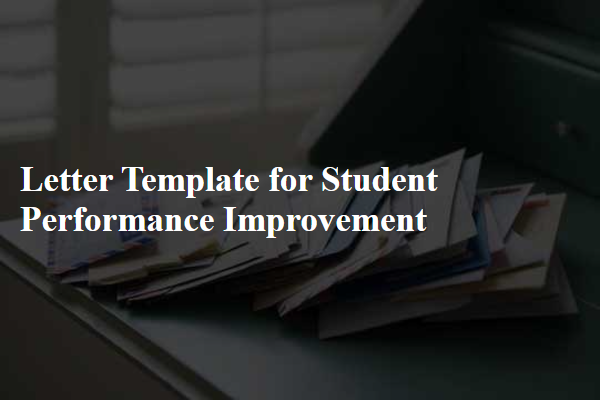
Positive reinforcement and encouragement
Students consistently thrive when they receive positive reinforcement and encouragement from teachers and mentors. Acknowledging specific achievements, such as improvements in grades or participation in class discussions, can boost a student's confidence. Regular feedback during one-on-one sessions fosters a supportive environment, helping students to set attainable goals. Additionally, celebrating milestones, such as completing a challenging project or mastering a difficult concept, can motivate them to continue striving for excellence. Emphasizing growth potential over perfection cultivates resilience and encourages a lifelong love of learning.
Clear objectives and goals
Setting clear objectives and goals is essential for student performance improvement in educational settings. Defining specific, measurable targets allows students to understand expectations, such as achieving a grade of 85% or higher in mathematics by the end of the semester. Establishing timelines, for instance, outlining milestones every four weeks, encourages consistent progress. Incorporating feedback mechanisms ensures that students receive timely insights on their performance, fostering a sense of accountability. Additionally, utilizing tools like SMART (Specific, Measurable, Achievable, Relevant, Time-bound) criteria aids in creating structured goals, making the learning process more effective. This targeted approach not only enhances academic skills but also boosts students' confidence, motivating them to reach their full potential.
Specific areas for improvement
Students often need targeted guidance to enhance their performance in various subjects. Common areas include time management, which affects task completion and overall academic success. Furthermore, study skills, such as note-taking methods and active reading strategies, play a crucial role in information retention and understanding. Engagement in class discussions can indicate readiness to learn and willingness to ask questions when concepts are unclear, thereby fostering a deeper comprehension of the material. Additionally, consistent participation in homework assignments and projects can reinforce learning objectives and provide invaluable practice. Setting clear, attainable goals in these areas can significantly contribute to a student's academic achievement and self-confidence over time.
Customized strategies and support
Student performance improvement relies on customized strategies alongside tailored support mechanisms. Individual Learning Plans (ILPs) can be developed for students, addressing specific needs and learning styles. Incorporating regular assessments allows educators to track progress effectively. Peer tutoring programs encourage collaboration, enhancing understanding through shared knowledge. Parental involvement plays a pivotal role, enabling constant communication about educational goals and achievements. Utilizing technology, such as educational software designed for targeted skills development, can further reinforce classroom learning. Frequent feedback sessions create opportunities for students to engage with their progress, fostering a growth mindset essential for overcoming academic challenges.
Regular progress monitoring and feedback
Continuous monitoring of student performance is essential for fostering growth and development in academic settings. Teachers utilize tools such as formative assessments and standardized tests, allowing for real-time data collection regarding student understanding and mastery of topics. Regular feedback sessions, scheduled bi-weekly or monthly, enable students to reflect on their learning journey and adjust study habits accordingly. Important metrics include grades, attendance records, and participation rates, which all contribute to a comprehensive picture of student engagement. Schools often implement intervention strategies, such as tutoring programs or specialized workshops, to address specific areas of concern highlighted by the data. This cyclical process ensures that students remain on track and receive the necessary support to meet or exceed district educational standards.

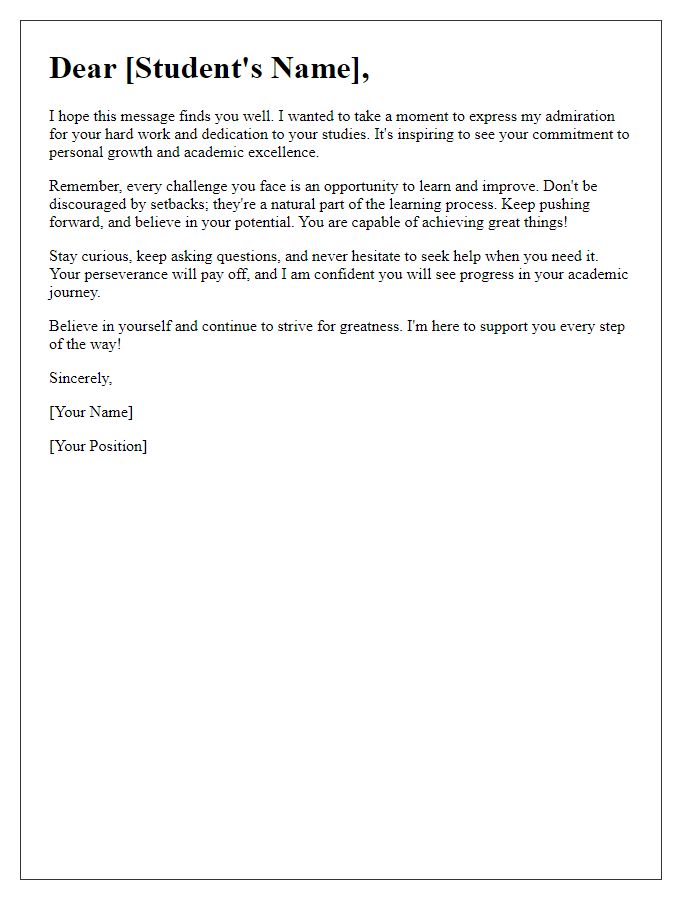
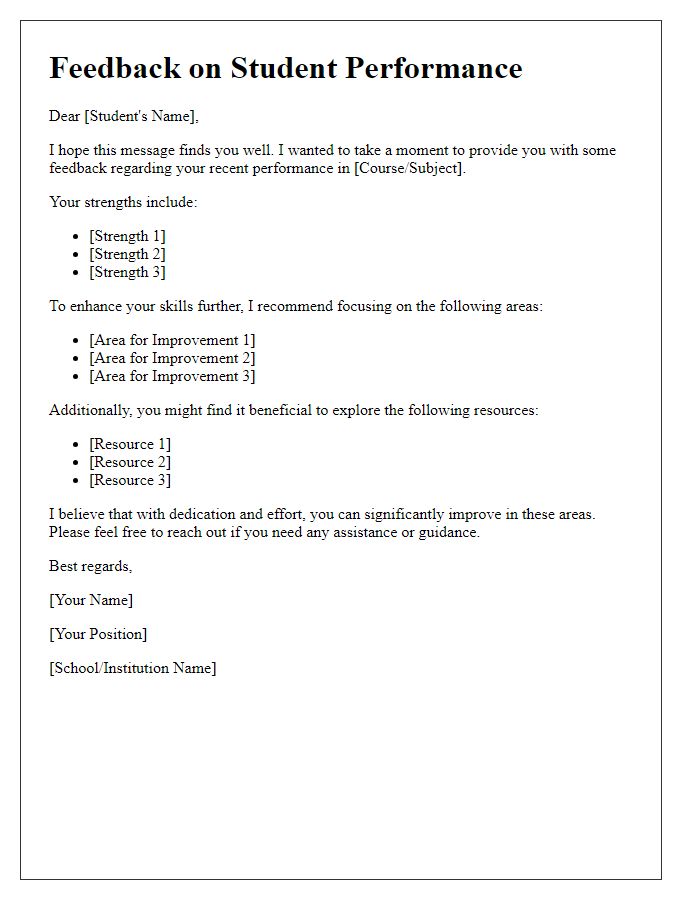
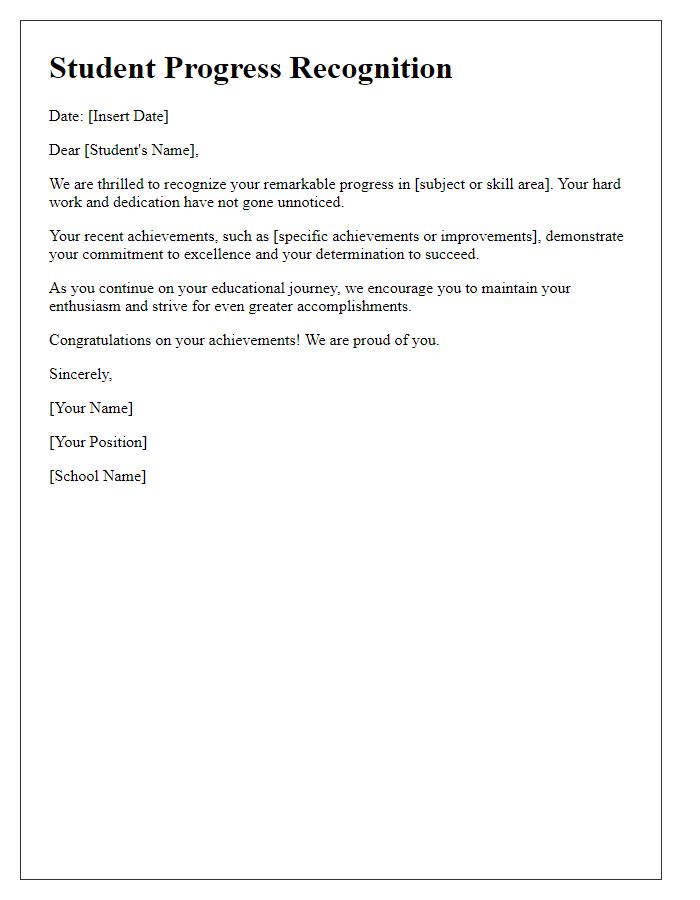
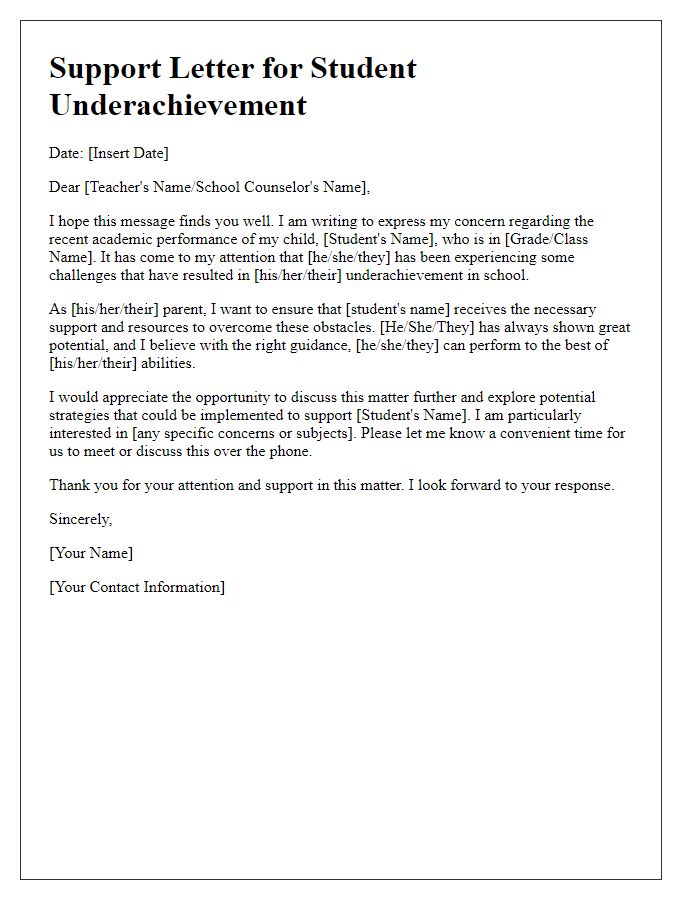
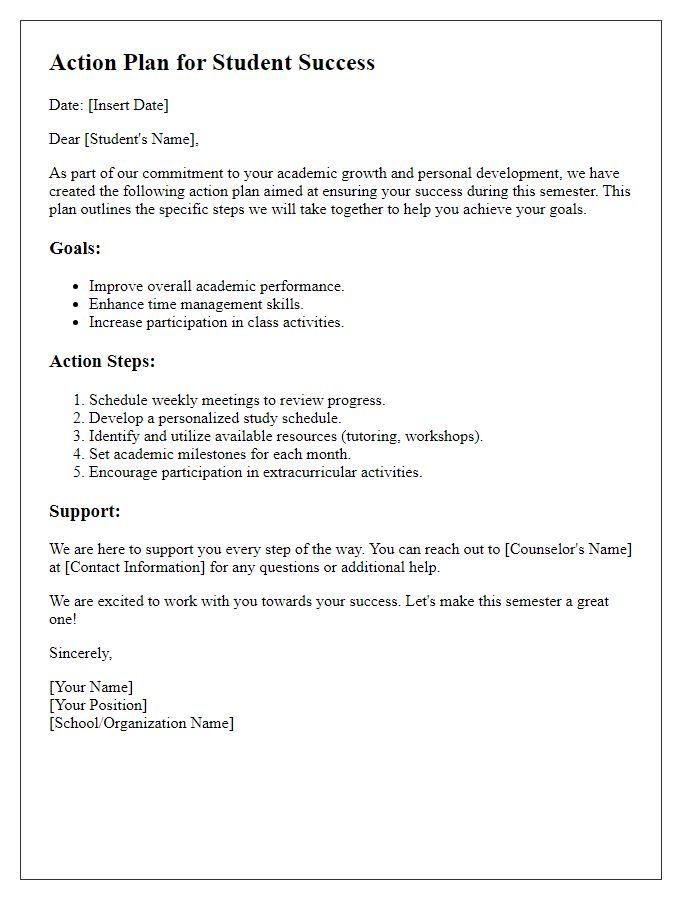
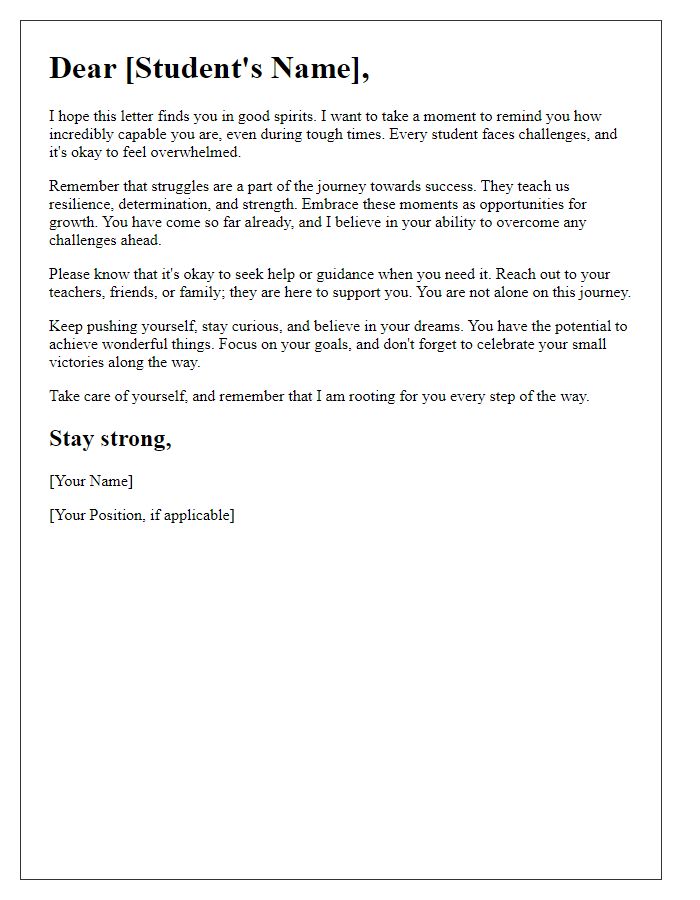

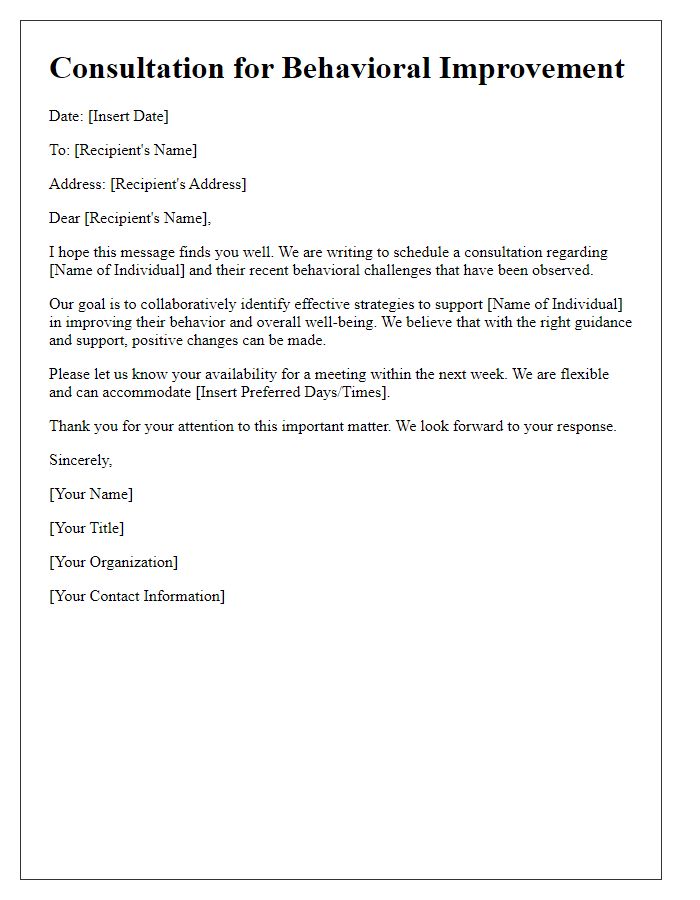
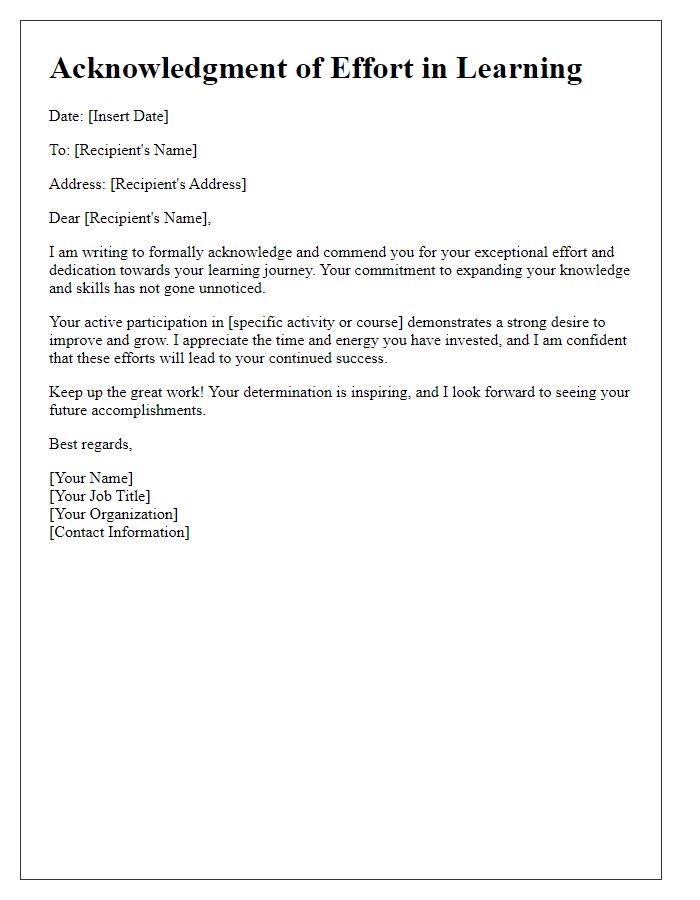
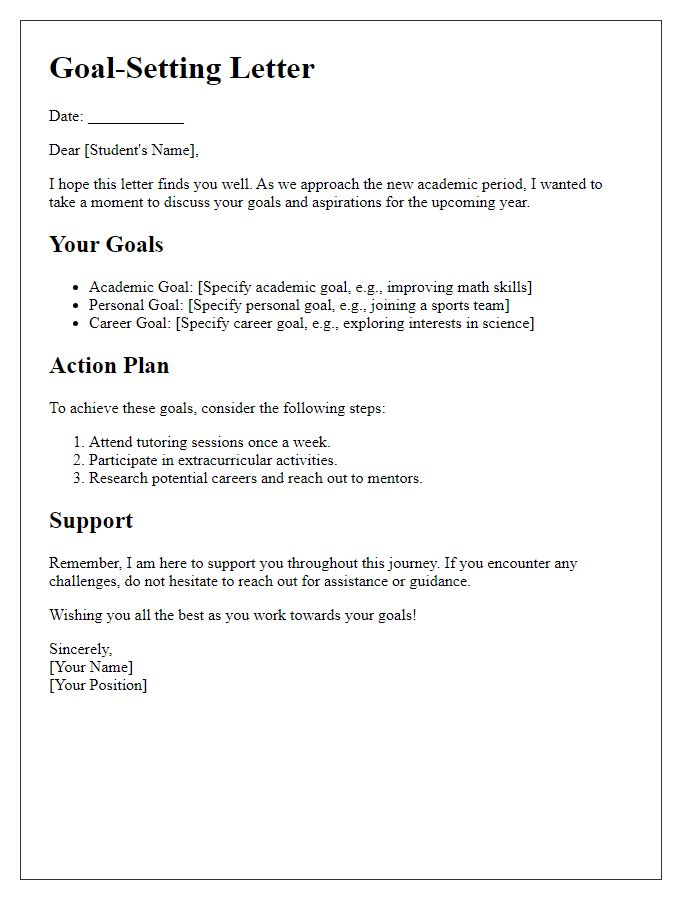

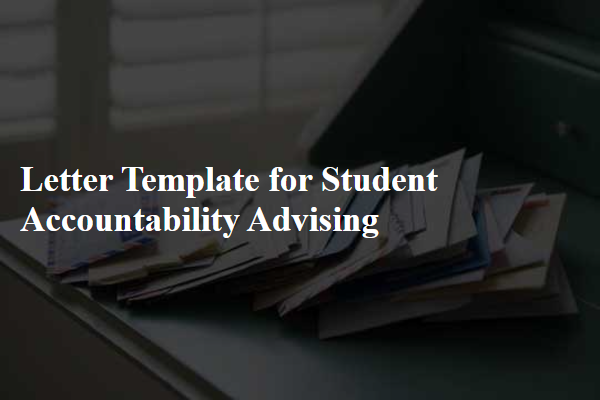
Comments